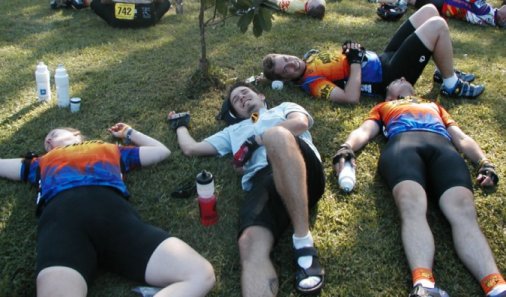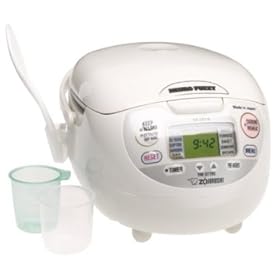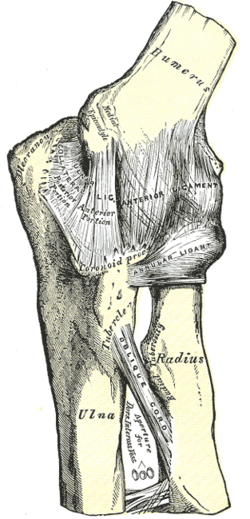Orange Juice and Hermits
/ I grew up arguing every night at the dinner table. For the most part it was an edifying and respectful experience. This kind of intensive educational model is pretty rare world-wide (except in Israel where it is the norm).
I grew up arguing every night at the dinner table. For the most part it was an edifying and respectful experience. This kind of intensive educational model is pretty rare world-wide (except in Israel where it is the norm).We also drank orange juice with our dinner which is a real "no-no" in Chinese medicine, mainly because your spleen will reject all the highest quality nutrients in favor of the simple sugars. The rejected foods still get digested but your body needs to create more heat to digest these higher quality nutrients once they have been passed on to the large intestine. The result is that your body takes on fluids in order to insulate the other organs from all the heat. Orange juice makes most people gain body weight in water, edema. (After years it becomes the syndrome known as "damp heat.")
However; I don't think drinking orange juice had a negative effect on my health, most kids are pretty resilient as long as they are getting enough food.
But there was one strange effect. Now if I drink orange juice with a meal, even breakfast, I'll get in an argument. I become completely posessed by my ancestors. Generally I believe things like this can be overcome with will power, but in this case I have no control. If I'm alone, I'll argue with a chair.
One of my students sent me this email:
I wrote down what we just talked about because I didn't want to forget it. Then I wondered if I'd really understood correctly. So if this does not look like what you meant, could you let me know.
-H
My Question: Should one practice differently on different days? For example should some days be longer, more in-depth etc?
Your Answer: There are two Wuwei approaches:
1) Practice at the same time, same place, same duration, same stuff. The difference will still be there; it will be made apparent with a backdrop of sameness.
2) Hermit method: move with the qi of the moment. Practices will vary significantly.
There are also two De or "virtuous perfection" approaches:
1) Urban – Do many discrete experiments with one's practice so that you will achieve certain and specific fruitions. This could include the calendar (tongshu), food, intensity, etc. But it will include record keeping of some sort, as experiments involve constant evaluation and recalibration to produce fruition.
2)Hermit method: Could involve calendar, detailed seasonal correspondence. Embodying and exploring the qi of various events (like grass sprouting or mushrooms coming up). Records will also be kept for the same purpose.
Follow up question: Is the difference between the hermit and urban methods, the level of detail and in-depth relation with natural environment?
Now in my family, if after a long discussion someone were to restate my argument in crystal clear and respectful terms, there is a good chance that they would be on the verge of delivering a fatal blow.
But putting that possibility aside, this question shows the difficulty of communicating Daoist view and practice with words.
 The key thing to digest here is that the wuwei view does not require analysis. By asking the question you are already in the de (perfection, integration, improvement) camp. [note: De is often translated "virtue," it is the de used in the title of the Dao De Jing.]
The key thing to digest here is that the wuwei view does not require analysis. By asking the question you are already in the de (perfection, integration, improvement) camp. [note: De is often translated "virtue," it is the de used in the title of the Dao De Jing.]The wuwei hermit method is called "The Wandering of the Mare." Living around other people means having to coordinate with their schedules and that is antithetical to constant spontaneity.
The wuwei view suggests that practice is self-revealing, it doesn't require any discipline other than trusting your appetites.
Yes, the difference between the urban and the hermit models of de (perfection) is one of detail and depth. But it is also a difference of scale.
The urban perfection seeker is very playful and creative. The fact that I spent many years doing a 20 minute Japanese Tea Ceremony in my elevated gold-painted elixir-dedicated Quiet Room before leaving the house, means that now when I walk into Starbucks I'm getting an enormous hit of mythic transcendence--office furniture and paper cups are not obstacles.
The hermit version of perfection studies is so big, complex, and refined that I'll have to save it for another post. (That's a joke.)

 It seems like I'm surrounded by people doing various things they call a seasonal liver cleanse. Inevitably these people are thin. The project varies from simply taking a purgative every other day for a week, to not eating for 10 days.
It seems like I'm surrounded by people doing various things they call a seasonal liver cleanse. Inevitably these people are thin. The project varies from simply taking a purgative every other day for a week, to not eating for 10 days. It's not the season's fault that people have problems, and it is not really the type of food or how much. The problem is that people want to stay up late, they skip their afternoon naps and party right on through.
It's not the season's fault that people have problems, and it is not really the type of food or how much. The problem is that people want to stay up late, they skip their afternoon naps and party right on through.

 About 80% of the people I teach habitually slightly dislocate at least one of their hips. While they are young it hardly matters, young hips are juicy and forgiving. They just develop protective muscles which limit range of motion. But if one of these students takes a lot of weight in a slightly dislocated hip they can have pain. As people age the slight dislocation of the hips becomes a bigger and bigger problem.
About 80% of the people I teach habitually slightly dislocate at least one of their hips. While they are young it hardly matters, young hips are juicy and forgiving. They just develop protective muscles which limit range of motion. But if one of these students takes a lot of weight in a slightly dislocated hip they can have pain. As people age the slight dislocation of the hips becomes a bigger and bigger problem.
 Occasionally I do product reviews. Lately I hear people worrying about the "economy," which I think is silly. If the economy slows down, it's like it's doing taijiquan. We notice where we're wasting energy, we discard excess, our appetites readjust and become more refined, we redesign our interactions for the space and things we use everyday-- generally we simplify our lives.
Occasionally I do product reviews. Lately I hear people worrying about the "economy," which I think is silly. If the economy slows down, it's like it's doing taijiquan. We notice where we're wasting energy, we discard excess, our appetites readjust and become more refined, we redesign our interactions for the space and things we use everyday-- generally we simplify our lives. another man's splurge
another man's splurge .
. on toilet paper too.)
on toilet paper too.)
 Here is a cute
Here is a cute 
 organs can function as a government, the heart/mind is the Emperor, the lungs are the chief ministers, the spleen is in charge of ordering, logistics, "ways & means", and the liver is the general, in charge of delivering blood to the troops and mustering them to action.
organs can function as a government, the heart/mind is the Emperor, the lungs are the chief ministers, the spleen is in charge of ordering, logistics, "ways & means", and the liver is the general, in charge of delivering blood to the troops and mustering them to action.